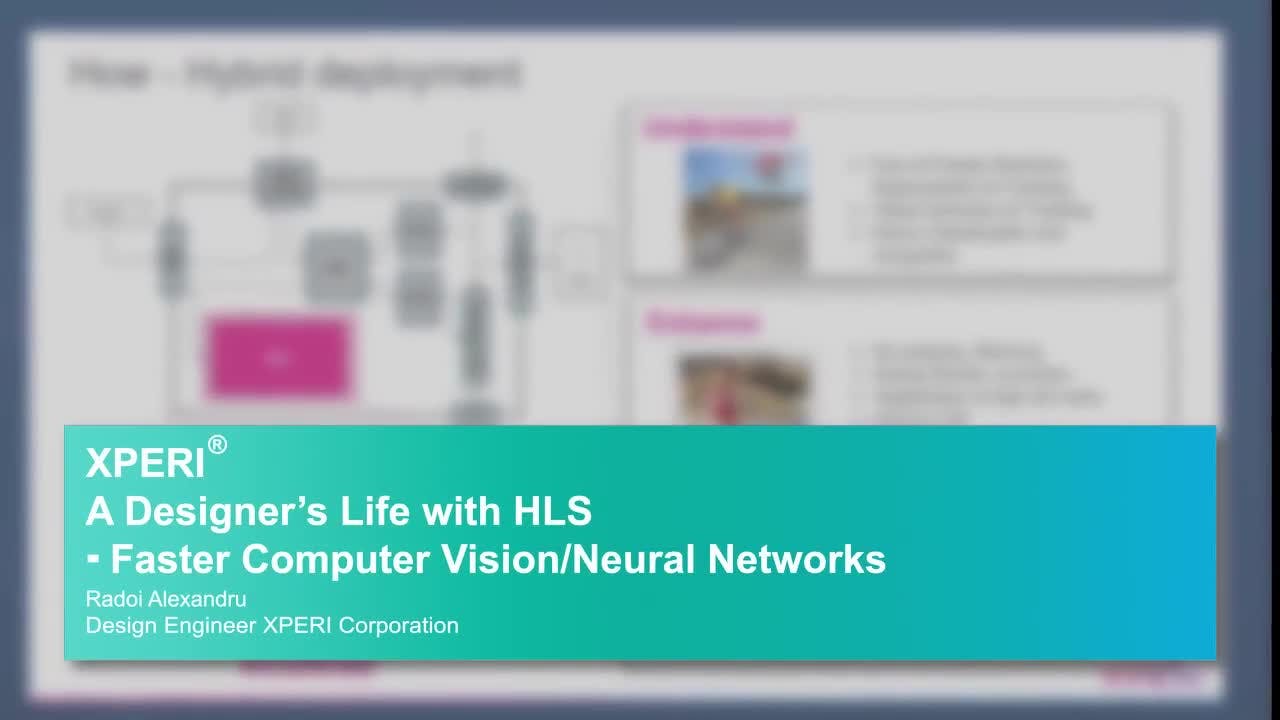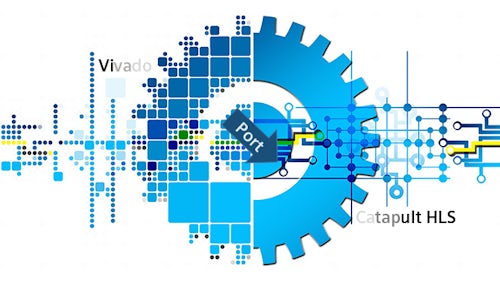This webinar will discuss two aspects of their experience going from RTL to HLS. The first topic is using HLS for algorithms such as Face Detection that they know well with RTL for comparison. The second is to use HLS to develop new Neural Network accelerators and how HLS could help them get from algorithm to critical FPGA demonstrators in a time that would not be possible with traditional RTL flow.
This webinar is part 8 of the webinar series HLS for Vision and Deep Learning Hardware Accelerators.
What you will learn:
- Customer's experience using HLS for Image Processing and AI
- Using HLS for algorithms such as Face Detection with RTL for
comparison - How to use HLS to develop new Neural Network accelerators
- How HLS can help get from algorithm to critical FPGA demonstrators
faster than with traditional RTL flow




